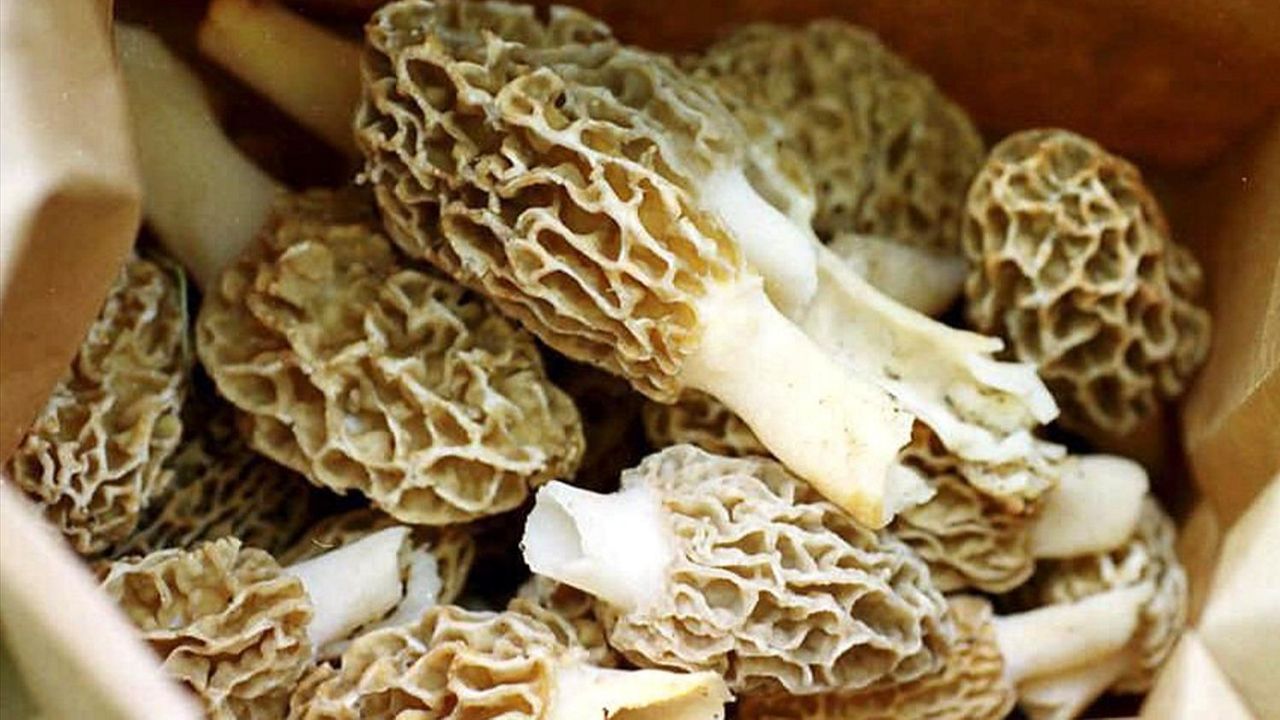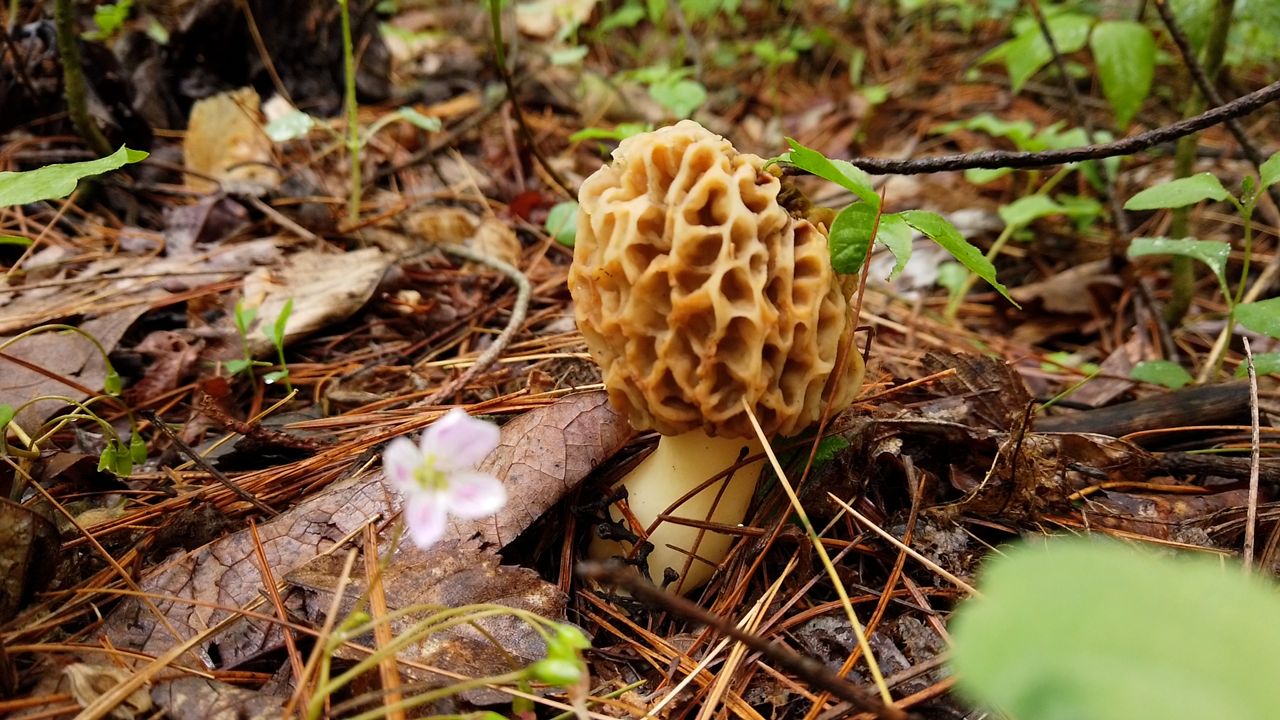Every spring, thousands of people in the Midwest and East venture into the woods, scanning the ground.
They’re on the hunt for morel mushrooms, and the weather can make the difference between a bumper crop and heading home disappointed.
Morels call a wide region their home. They grow anywhere from the Carolinas into the Northeast and back into the Midwest and Plains. You can even find them near the West Coast.
Walt Sturgeon, the “mushroom guru” of the Ohio Mushroom Society, notes that they’re most common in forested land. He’s found they’re often associated with elm, apple, ash and tulip trees.
Morels do best in well-drained, alkaline soil.
Not surprisingly, mushrooms prefer average to above average rainfall. Like plants, though, mushrooms don’t like too much of a good thing. Unusually wet weather can dampen morel season, but dry weather is almost sure to turn into a show-stopper.
They’re like plants in another way, too: ground temperatures need to be at least in the 50s for them to emerge.
Since you’re probably not sticking a thermometer into the ground, Sturgeon has some other cues to look for. The early types of morels, such as black morels, tend to fruit when mayapples just emerge. Later, morels show up at about the same time mayapples have spread their leaves.
“One cue for me is when my yard is full of dandelion flowers,” he adds.

After cleaning them, many people simply saute morels with butter. Because they’re such a popular mushroom, you’ll have no problem finding recipes online. You shouldn’t eat them raw, since doing so can cause an upset stomach.
If you decide to try your hand at morel hunting, only search for them where you’re allowed to. You can’t just walk into any timber, after all. Also, make sure you’re picking the genuine thing. “false morels” have a similar wrinkled cap, but they’re toxic.



